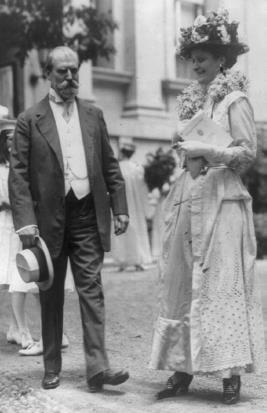Presidential ElectionsDisputes, Anomalies, and Close-Calls |
Which elections make up the twentieth century’s close-call list? |
In the twentieth century, five elections stand out as true close calls: 1916, 1948, 1960, 1976, and 2000. In 1916, Democratic incumbent Woodrow Wilson beat his Republican challenger, former governor of New York Charles Evans Hughes, by more than a half a million popular votes. However, Wilson nearly lost the presidency because of the close race in California, where early returns indicated Hughes had won the state. Wilson eventually took California by approximately three thousand votes—bringing him an electoral vote victory of 277 to Hughes’s 254.
In 1948, all eyes were focused on Republican Thomas Dewey of New York, who seemed assured of beating incumbent Democrat Harry S. Truman, whose election was threatened by the insurgent candidacies of Dixiecrat Strom Thurmond of South Carolina and Progressive Henry Wallace of Iowa. After embarking on a thirty-thousand-mile “whistle-stop” campaign—in which he delivered some three hundred speeches to six million voters—Truman defeated Dewey by some two million votes—despite pollsters and newspaper headlines incorrectly calling Dewey the victor on election night.
In the 1960 presidential election, some 119,000 votes ended up separating incumbent Republican vice president Richard Nixon and Democrat John F. Kennedy, making it one of the closest elections of the twentieth century. When it became clear that Kennedy, a U.S. senator from Massachusetts, had won the state of Illinois by approximately eight thousand popular votes—thus picking up that state’s electoral votes—Nixon conceded the election. The 1976 election between sitting Republican president Gerald Ford and Democratic challenger Jimmy Carter was close in the electoral college, but Carter won by almost two million votes in the national popular vote totals. Despite these close races, no election in history has come down to such a margin as the 537-popular-vote difference in Florida that ultimately decided the 2000 presidential contest between Democrat Al Gore and Republican George W. Bush.

Charles Evans Hughes (pictured with his wife, Antoinette) was a former New York governor who became Chief Justice of the U.S. Supreme Court. He was almost elected president of the United States when he ran against Woodrow Wilson in 1916.
